Heineken has been behind some of the most successful new products to appear in the BWS chiller in recent years, so it was fitting that the company played host with C-Store to some of the sector’s most inspirational retailers to talk innovation, promotion and key sales occasions
Independent retailers Raj Aggarwal, Kay Patel, Rishi Madhani, Paul Cheema and Jai Singh joined Blake Gladman, research director at HIM Research & Consulting, at Heineken’s London HQ earlier this month to give their views on business innovation and new opportunities.
The issue
Blake Gladman, research director at HIM, said c-store shoppers were habitual and 55% are buying to consume within two hours. Two-thirds of shoppers want quick and simple meal solutions, and 46% of shoppers are buying “just for me”. Blake added that retailers needed to be in the business of selling solutions, rather than just products, in order to interrupt and inspire shoppers.
Craig Clarkson, category and trade marketing director at Heineken, explained how the solution-based store formats with Heineken products sold across the store, matched with appropriate food. “We know mission-based merchandising and meal solutions will get shoppers more excited about our different beers and ciders and help to bring it to life for retailers. We’re still taking baby steps here and it depends on the products, but it doesn’t necessarily have to be about fine dining. For example, pizza and beer is a great combination and you can probably make room for it in the chiller by taking out only one brand.”
Meal solutions
The retailers pointed out that they needed suppliers to work with them to provide inspiring meal solutions and POS kits. And it doesn’t necessarily have to be about creating a discount, explained Paul Cheema. “Often with a meal deal, if you bought the items separately, it wouldn’t be much dearer. If you do a deal like three items for a tenner it’s easier for the shopper to pick up so they will spend more,” he said.
“The big bit for suppliers is how to bring an occasion together, how do you interact with each other to bring that extra value into the store? It might be that the brand police need to take their hats off and say ‘let’s do what’s right for basket sales’.”
Paul added that before his store was extended, he sold chilled beer with pizza underneath as one very simple meal solution, proving that even small stores can easily create a mission-based display if they are given guidance.
Paul revealed that he is working with Bird’s Eye to provide a new ‘what’s for tea’ solution for mums, from Monday to Thursday, with a more treat-style meal solution from Friday to Sunday. With a freezer at the front of the store to interrupt the shopper, he believes this will have a huge impact on sales.
Communication
With so much new product development occurring across the market, it was noted that new lines in dynamic categories were not always adopted quickly by c-stores.
Kay Patel pointed out that the ideas behind new products weren’t always clearly explained. “It takes a while to think what to do with new products. Give us some POS and images of some examples of how to put it up in store, and we will do it.”
Raj agreed suppliers needed to educate retailers what a mission-based store looks like as there are time implications and risk associated with changing your store format.
Rishi suggested that text messaging and other simple forms of communication could be better used as he often discovers sales reps have been into his store when he wasn’t around, missing the chance to speak to him about new products. “The sales team should text us to inform us they will be coming in and give us a heads up if they have a new product to show us. That way we will be there and available to chat,” he said.
Paul added that a useful piece of information for a supplier to provide would be “what is this product good with”? In this way, products could be assessed in the context of the basket spend they generate rather than just sales value of one SKU alone.
Displays and events
With a summer of major sporting events coming up, including the Rio Olympic Games, the group also discussed the opportunities and challenges in creating in-store theatre to capitalise on additional sales opportunities.
Blake revealed that a third of shoppers would be encouraged to buy something if it was in a display, showing that POS material is effective at increasing basket spend.
However, use of manufacturer POS material remains patchy in the independent convenience sector. Kay said POS material provided by suppliers had sometimes been so confusing that shoppers would buy a product on sale and not even realise it. “The worst thing for a retailer is when someone gets a discount and they didn’t even notice the offer!”
Kay added that the key thing for retailers was to have a destination shelf or fixture, and to dress that up in a way that customers can’t miss, using whatever shelf stripping or other material they can find.
Jai suggested it would be helpful if suppliers would provide sport-themed POS during the summer games. “It’s important to show support for the home nation. We try to capture people’s hopes and dreams for their team. I bought a cardboard cut-out with holes for people to put their faces through and put in near the front of the store. It only cost £25 from Ebay. The amount of people who came into the shop just to take their picture meant it was worth it.”
Rishi agrees: “For the Chinese New Year, I went on Ebay and bought decorations for £4 and put them up, and it looked great. If a supplier provided decorations with a bit of their branding on, I would definitely use them.”
Price and pack size
Paul believes that, when it comes to beer and cider, customers will often just look for a pack that they can carry easily, with the right price marked on the pack.
“People struggle to carry three bottles. I’ve put more effort into 10-packs and 330ml four-packs. If they are entertaining they will just look for what pack is a tenner.”
Paul said that he would be much more likely to buy a new product it if it was on promotion, as that creates less risk. However, he doesn’t always pass on that promotion to customers. He added that customers would pay full price to try a new product, so there was no need to get them into the habit of only buying on promotion.
Rishi maintained that innovation was vital when launching or promoting a product. “I find the promotions on products are usually boring and predictable. I will wait for a product to come on promotion, because I know it will eventually, then I will stock up on the product during promotion because I know it will keep me going until it comes on promotion again in six weeks.”
Craig updated the group on key trends in the marketplace, including the growing strength of the discounters and online channels - 6.4% of off-trade sales now occur online - along with a growing lifestyle trend towards health and wellbeing, and a move by some shoppers to more moderation in drinking.
New pack formats are also gaining in popularity, with bigger bottles such as 660ml in strong growth and smaller cans such as 330ml also enjoying a revival. Therefore, when trying to create sales using a multi-product meal-based offering, it makes sense to use the products and pack formats in the strongest growth, he added.
As a follow-up, Heineken will be visiting all five retailers’ stores to explore the ideas of mission-based layouts, innovation and communication further. Keep a lookout for a full report of the visits and any in-store changes made in a forthcoming issue of Convenience Store.
Understanding Occasions
Beer and cider are most popular for a quiet night in after work, a quiet catch-up and other such low-key occasions. However, the category is losing out to other categories, particularly products such as prosecco, when it comes to big nights out, parties taking place at other people’s homes and big nights in.
Craig Clarkson says lager was the category that lost out the most during 2015, losing £47m - 3% of its total value - to other categories, especially sparkling wine and spirits.
New product innovation has caused a resurgence of cider sales in the past few years, with much of it in more premium ciders.
While the bulk of sales (80%) are still generated by core “classic” brands in beer and cider, these product groups are generally not in growth. Consumers are instead trading up to world, premium and craft ciders, lagers and ales, and these lines are also bringing new shoppers into the category.
Pack formats are also evolving, with 660ml bottles of world beers and 330ml cans in small multipacks proving increasingly popular with shoppers.
Therefore, Heineken is encouraging retailers to stock its brands which fit into this trend, including Bulmers, Old Mout, Desperados, Birra Moretti, Amstel Bier, Sol and Tiger.















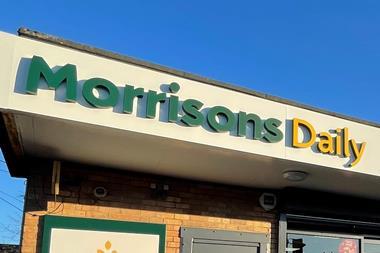
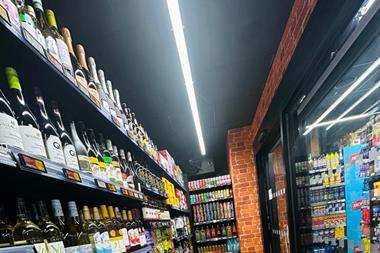
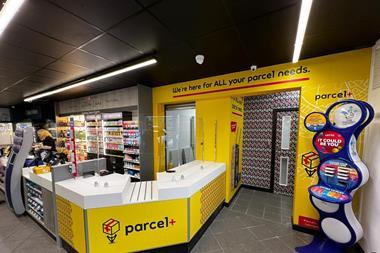

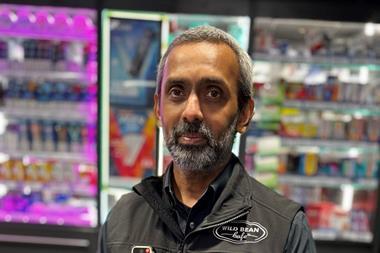
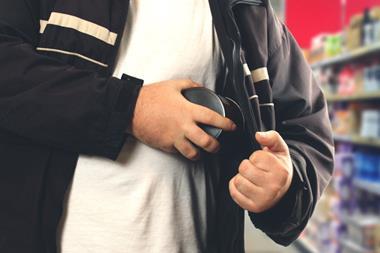
No comments yet